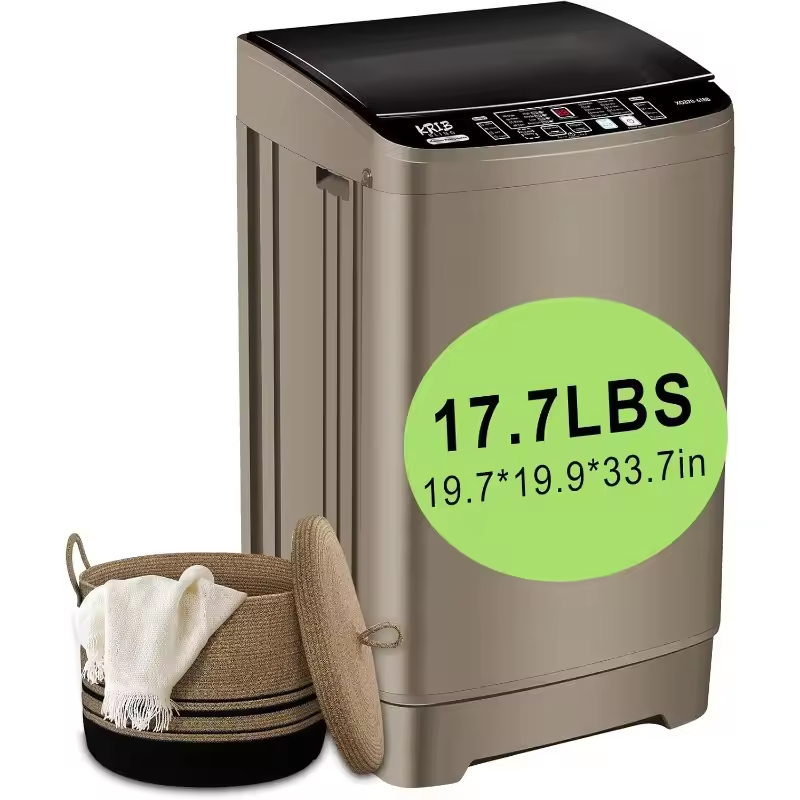Washing Comforter in Washing Machine – How to Clean & Dry Safely
Preparing Your Comforter for the Wash
When it comes to washing a comforter, preparation is key to ensuring not only cleanliness but also the longevity of your bedding. Here, we’ll guide you through the initial steps you need to take before your comforter even hits the washing machine. From checking the care label to addressing any stains or damage, these tips will help you clean your comforter effectively—and prevent any laundry mishaps.
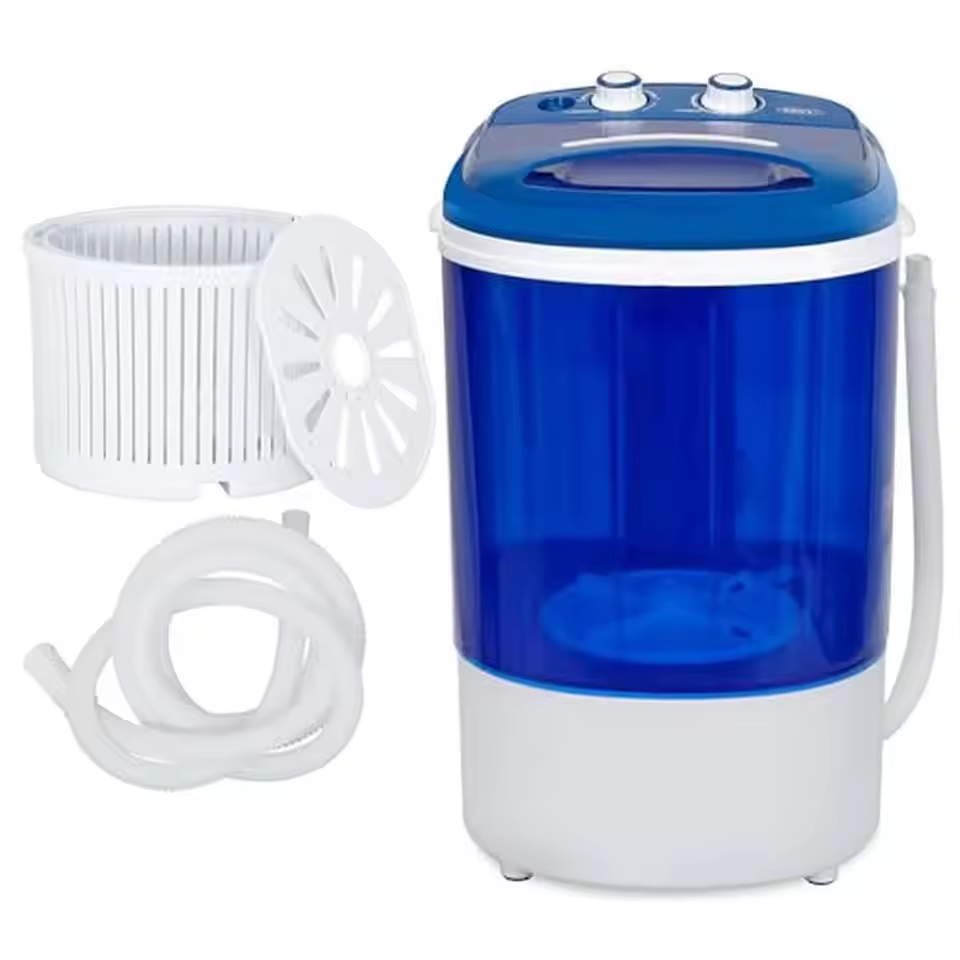 Checking the Care Label
Checking the Care Label
Before you attempt to wash your comforter, it is absolutely essential to read the care label. These labels provide specific washing instructions directly from the manufacturer and can vary greatly depending on the material and construction of your comforter. Skipping this step could lead to shrinkage, color bleeding, or even tearing of the fabric. Look for information such as recommended water temperature, machine settings, and whether machine washing is advisable.
Spot-Treating Stains and Repairing Damage
Once you’ve verified the washing instructions, your next step is to address any visible stains or damage on your comforter. Pre-treating stains is crucial for their effective removal. And can be done using a gentle stain remover or a mix of water and mild detergent. Apply the solution directly to the stain and gently rub if necessary—being careful not to damage the fabric. After treating stains, inspect your comforter for any tears or loose threads. Repairing these before washing helps avoid further damage during the machine cycle. Make sure the filling is secure and evenly distributed. Addressing these issues prior to washing not only ensures a better cleaning process but also extends the lifespan of your comforter.
A well-prepared comforter is the first step toward a successful wash. Following these preparatory guidelines and leveraging the insights from professional cleaners can make all the difference in maintaining the quality and comfort of your bedding.
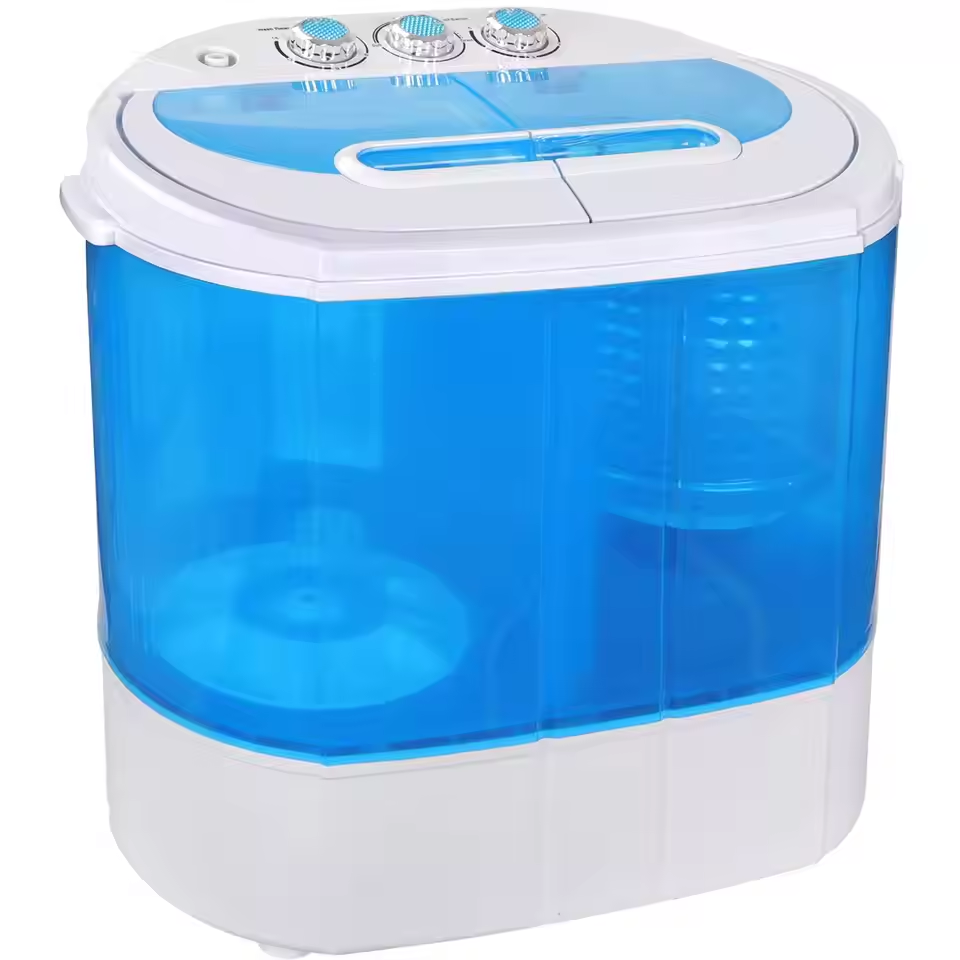 Selecting the Right Appliances and Detergents
Selecting the Right Appliances and Detergents
When it comes to washing your comforter in a washing machine, selecting the right appliances and detergents can make a significant difference in the outcome of your wash. To maintain the integrity of your comforter, and to achieve that effectively clean result, it’s important to take note of the type of washing machine and laundry detergent you will use.
Choosing a Front-Loading Washing Machine
For the best care of your comforter. Especially if it’s a down one, a front-loading washing machine is recommended. These types of machines are ideal because they tend to be gentler on fabrics and provide more space for bulky items like comforters. Unlike top loaders with an agitator, front-loading machines do not have a central spindle. Which reduces the likelihood of fabric tearing or the comforter getting caught and damaged during the wash cycle. Moreover, the tumbling action in a front-loader helps to clean large items more evenly.
Aside from structural advantages, front-loaders are generally more energy-efficient and use less water than their top-loading counterparts—this not only saves on utilities but is also gentler on your bedding materials. Keep in mind that the size of a washing machine matters. Make sure your comforter can move freely to ensure it’s thoroughly washed. If your own machine isn’t large enough, consider visiting a local laundromat where commercial-sized machines are available.
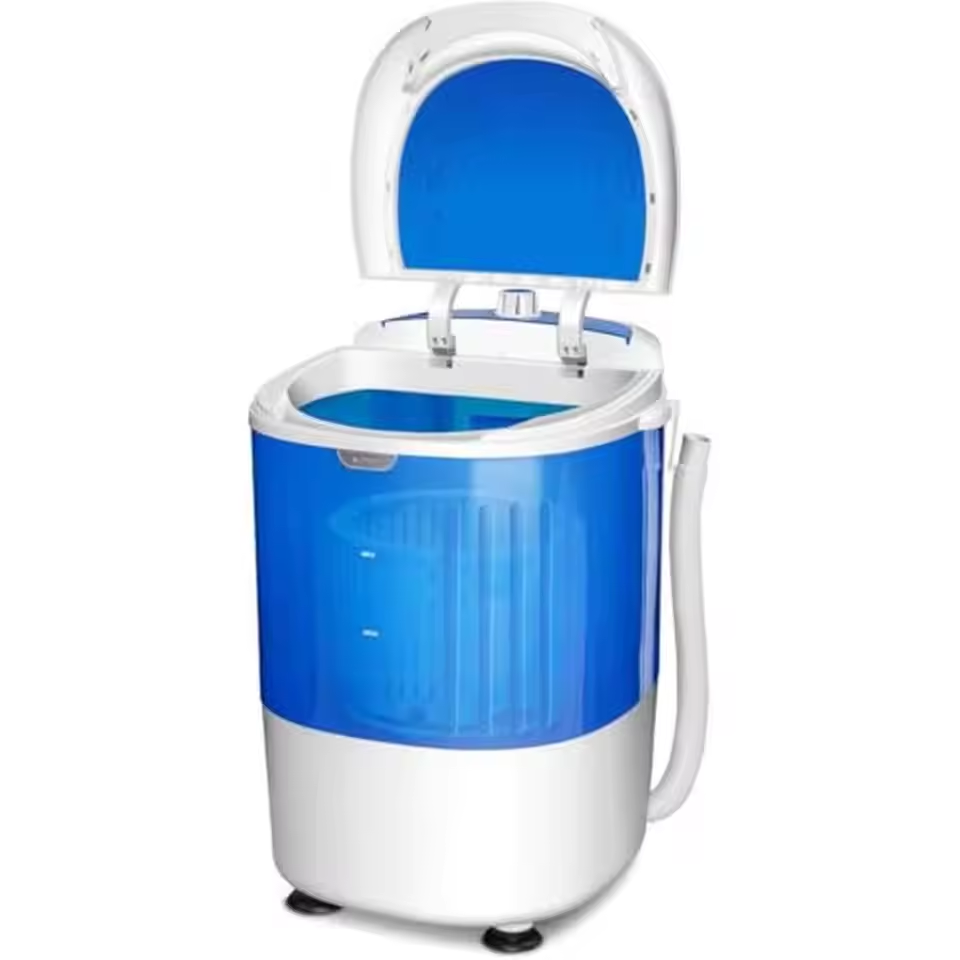 Picking the Appropriate Detergent
Picking the Appropriate Detergent
The choice of detergent is as pivotal as the choice of the washing machine. A mild, gentle detergent is key to preserving the quality of your comforter while cleaning it effectively. Harsh chemicals found in some laundry detergents can damage delicate fabrics, and the residue they leave behind can reduce the fluffiness and softness of your comforter. Additionally, if your comforter is down or filled with natural fibers, a mild detergent will prevent the feathers from clumping and will help maintain loft.
For sensitive skins, fragrance-free or hypoallergenic detergents can prevent possible skin irritations. As always, it’s crucial to read and follow the care instructions on the label of your comforter, as there may be specific recommendations regarding the type of detergent to use. If the instructions are unclear, opting for a detergent formulated for use on delicate items is often a safe bet.
Finally, keep in mind the amount of detergent used; too much can create excess suds and leave residue, while too little may not clean effectively. It’s best to measure according to the detergent manufacturer’s recommendations, adjusted for the size of the load.
By selecting the right washing machine and using the correct detergent, you’re setting the stage for a successful cleaning cycle that will leave your comforter fresh, fluffy, and ready for a good night’s sleep.
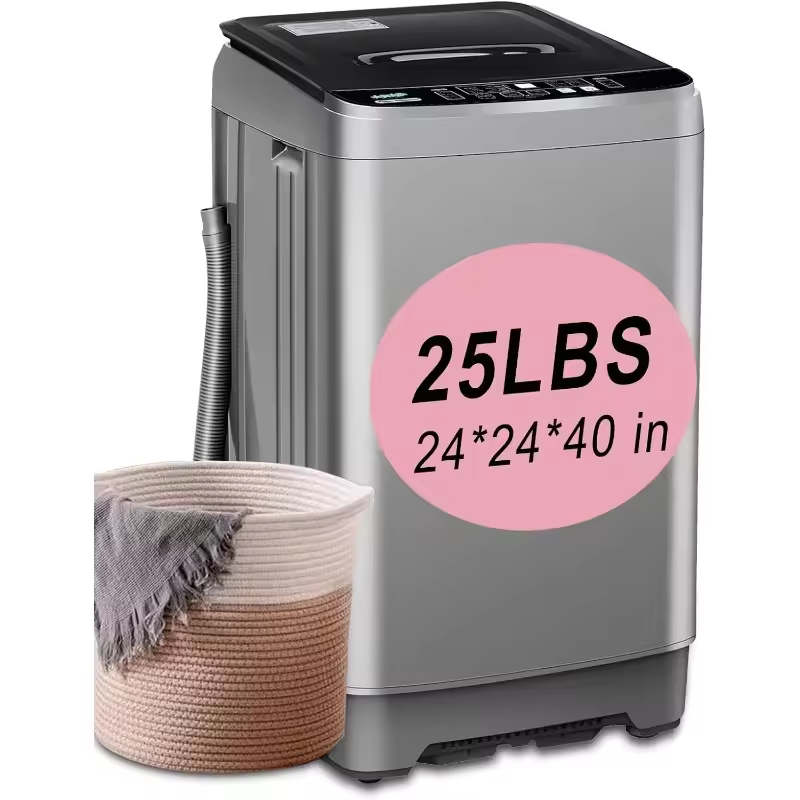 The Washing and Drying Process
The Washing and Drying Process
After the preliminary preparations and selecting the right appliances and detergents, the next step is the actual washing and drying of your comforter. This is a detailed procedure that, if done correctly, will prolong the life of your comforter and ensure it remains fluffy and comfortable. Let’s explore the correct washer cycle settings and load size, followed by the best drying techniques and considerations.
Washer Cycle Settings and Load Size
The settings on your washing machine play a crucial role in the cleaning efficiency and preservation of your comforter’s quality. Always set the washer to the gentle or delicate cycle to minimize wear and tear on the fabric. Choose a cold or warm water temperature based on the care label instructions. Cold water is often recommended to prevent any potential shrinkage.
Ensuring that the comforter is not cramped inside. The machine is just as important as the settings you choose. The comforter needs to be able to move freely within the drum for the water and detergent to circulate properly and clean thoroughly. If your washer at home is not large enough to accommodate. A trip to the laundromat for a large-capacity machine might be necessary.
Experts suggest that front-loading machines are preferable for washing comforters, as they are less harsh on bedding and allow for a more even wash. Regardless of the type of machine you use, it’s imperative to ensure that there is sufficient room for the comforter to tumble.
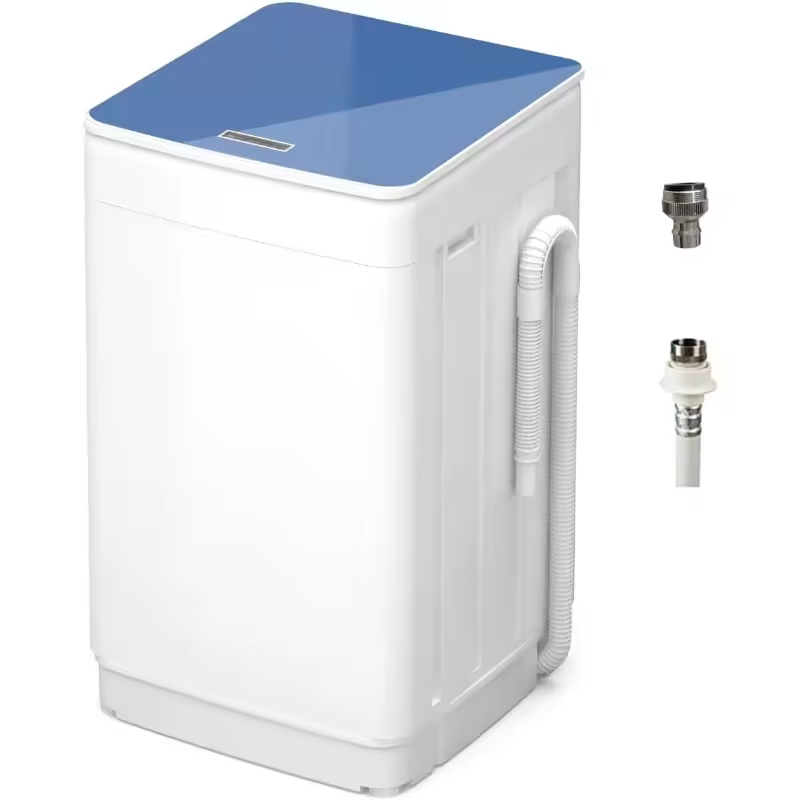 Drying Techniques and Considerations
Drying Techniques and Considerations
When it comes to drying your comforter. Begin by gently squeezing out any excess water, being careful not to wring the comforter, which can damage the filling. Then, place it in the dryer on a low heat setting. To maintain the loft and fluffiness of the comforter, add clean tennis balls or dryer balls to the dryer; these will help to break up any clumps of filling and ensure even distribution.
Keep an eye on the dryer, stopping occasionally to fluff the comforter manually and check for dampness. Depending on the size and type of comforter, drying could take several hours. It’s crucial that the comforter is completely dry to prevent mildew or mold from forming. If possible, air drying is a great alternative to preserve the fabric, especially on a sunny day which can also help to refresh the comforter’s fill.
Due to various fillings and materials, some comforters may need additional care such as air drying for a period after the initial dryer cycle or a complete air dry on a flat surface. Again, refer to the comforter’s care label for specific drying instructions. If you’re unsure or if the label indicates it, professional dry cleaning can be a safe option to ensure proper care.
By meticulously following these washing and drying steps, you won’t just have a clean and fresh comforter; you’ll also extend its life, ensuring you can enjoy cozy, restful sleep for seasons to come.
